Guatemala packs cloud forests, tropical lowlands, mangroves, and high mountains into a small map—an incredible diversity now pressured by rapid habitat loss and illegal hunting. The IUCN Red List ranks extinction risk from Least Concern (LC) → Near Threatened (NT) → Vulnerable (VU) → Endangered (EN) → Critically Endangered (CR) → Extinct in the Wild (EW) → Extinct (EX).
Below are representative Guatemalan species already in trouble. Each profile includes ID tips, core range, and key threats—ready for publishing on a wildlife site.
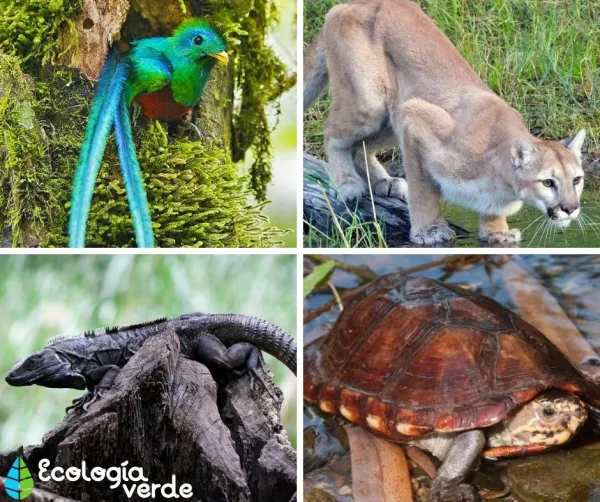
Global status: Near Threatened (NT) · In Guatemala: regionally endangered/declining
ID: Largest cat in the Americas; golden coat with rosette “rose-ring” spots.
Hotspots: Petén lowland rainforest and cross-border corridors.
Main threats:
Forest conversion to pasture/crops (habitat in Guatemala down by ~37%).
Decline of prey (deer, primates).
Retaliatory killing after livestock depredation; poaching.
What helps: Maintain transboundary corridors; conflict-reduction programs (compensation, predator-proof corrals, guardian dogs).
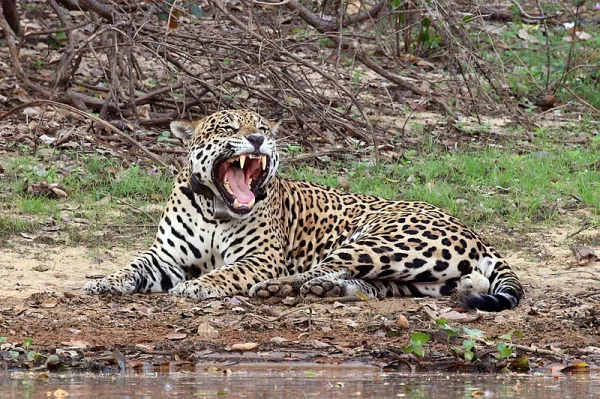
Global: LC · In Guatemala: regionally threatened
ID: Second only to jaguar in size; uniform tan coat, long tail.
Ecology: Wide-ranging; needs connected forest to move and hunt.
Threats: Fragmentation, loss of prey, persecution and illegal trade.

Global: Near Threatened (NT) · Guatemala’s national bird (since 1871)
ID: Males with stunning emerald tail streamers and crimson breast.
Habitat: High-elevation cloud forests (e.g., Alta Verapaz, Cerro San Gil).
Threats: Cloud-forest logging/roads; illegal capture for the pet trade (does poorly in captivity).
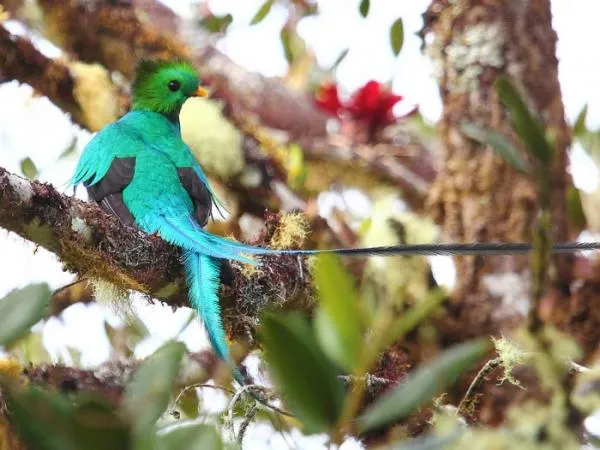
IUCN: Endangered (EN)
ID: Largest land mammal in Central America; short flexible snout; up to 2 m long and ~300 kg.
Range: Lowland tropical forests; fewer than 1,000 estimated in Guatemala.
Threats: Large-scale deforestation, hunting, roadkills.
What helps: Core–buffer–corridor networks; night speed limits and wildlife under/overpasses.
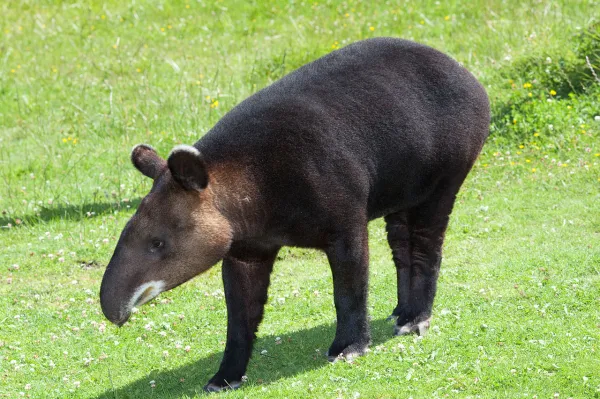
IUCN: Endangered (EN)
ID: No thumbs; black hands/feet; powerful prehensile tail; longer arms than legs.
Range: Northern tropical forests and secondary growth.
Threats: Forest loss/fragmentation; illegal capture of infants for pets.
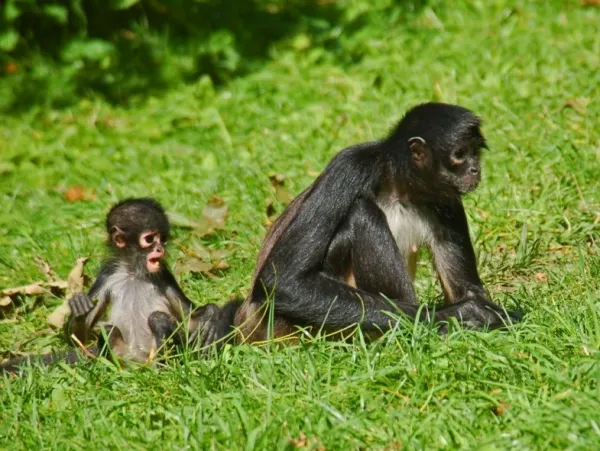
IUCN: Near Threatened (NT)
ID: Metallic green sheen; tail with striking concentric “eye” spots; ground-dwelling.
Range: Yucatán Peninsula into northern Guatemala.
Threats: Habitat degradation; hunting pressure.
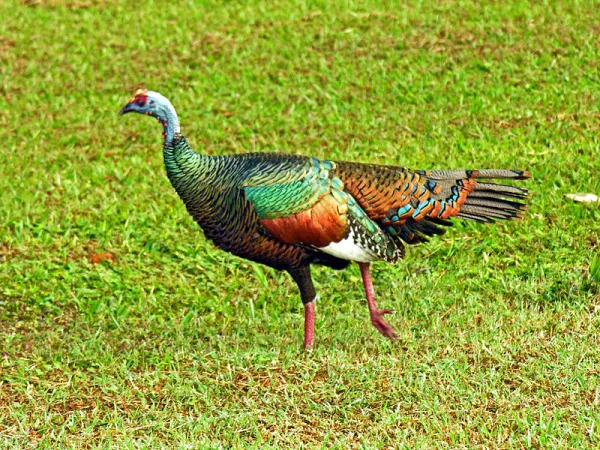
Northern tamandua (Tamandua mexicana) — hunting, dog attacks.
Tigrina/oncilla (Leopardus tigrinus) — fragmentation; fur/pet trade.
White-tailed deer (Odocoileus virginianus) — overhunting, habitat conversion.
Southern flying squirrel (Glaucomys volans) — loss of cavity trees.
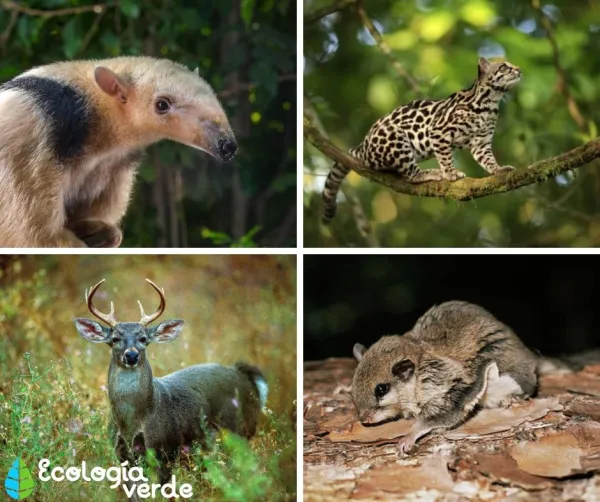
Scarlet macaw (Ara macao) — nest-tree logging; chick trafficking.
Horned guan (Oreophasis derbianus) — cloud-forest specialist; needs big old trees.
Masked duck (Nomonyx dominicus) — wetland loss.
Singing quail (Dactylortyx thoracicus) — understory disturbance.
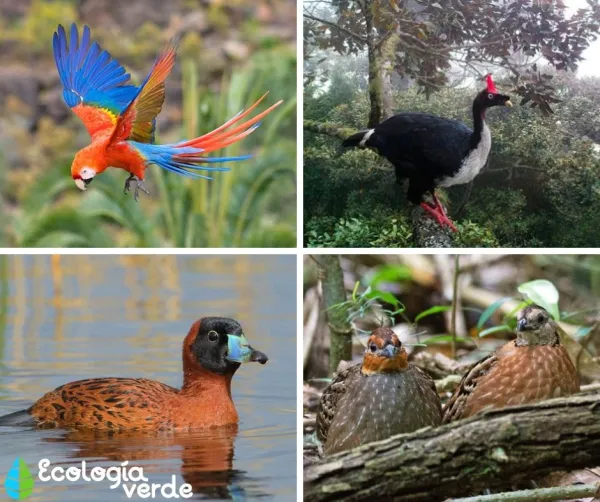
Abronia arboreal alligator lizards (Abronia spp.) — high-elevation microhabitats, highly fragmented.
Salamander (Bradytriton silus) — cool, moist forest floor; microclimate sensitive.
Black spiny-tailed iguana (Ctenosaura pectinata) — hunted; pet trade.
Scorpion mud turtle (Kinosternon scorpioides) — wetland degradation, harvest.
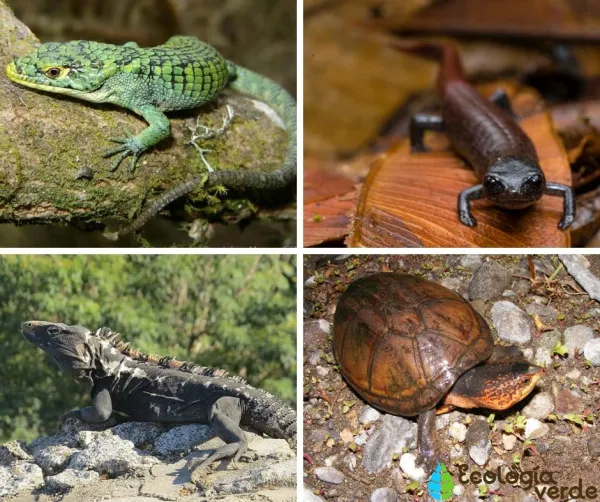
Note: Global and national threat categories can differ; listings above reflect species with documented declines or legal protection needs within Guatemala.
Back protected-area networks: Choose accredited eco-guides and stays in places like Tikal NP, Laguna del Tigre, and Sierra del Lacandón.
Say no to wildlife trade: Don’t buy live animals, feathers, skins, or crafts with unknown origin; report suspected trafficking.
Reduce pressure on forests: Support community forestry and sustainable livelihoods (shade coffee/cacao, forest honey) to curb primary-forest clearing.
Wildlife-safe watching: Slow down on forest roads at night; never feed; keep safe viewing distances—especially from nests and young.
Support science & corridors: Fund or volunteer for camera-trap networks, bioacoustics, baseline surveys, and cross-border corridor projects.
Guatemala’s biodiversity is dense and highly sensitive to fragmentation. Protecting umbrella and flagship species—jaguar, puma, Baird’s tapir, quetzal, ocellated turkey—safeguards hundreds of coexisting species. A combined strategy of stopping illegal trade, keeping forests connected, and empowering local communities is key to bending the curve from decline to recovery.
Bibliography
National Council of Protected Areas (2009). Guatemala and its biodiversity. Guatemala, Editorial Serviprensa.
Martínez, B. (04/20/2016). These are the plants and animals in danger of extinction in Guatemala. Prensa Libre: Guatemala.
IUCN Editorial Team (05/15/2019). Regional project supports social inclusion as a strategy for the conservation of coastal biodiversity. Guatemala, IUCN News.
animal tags: endangered animals of guatemala
We created this article in conjunction with AI technology, then made sure it was fact-checked and edited by a Animals Top editor.